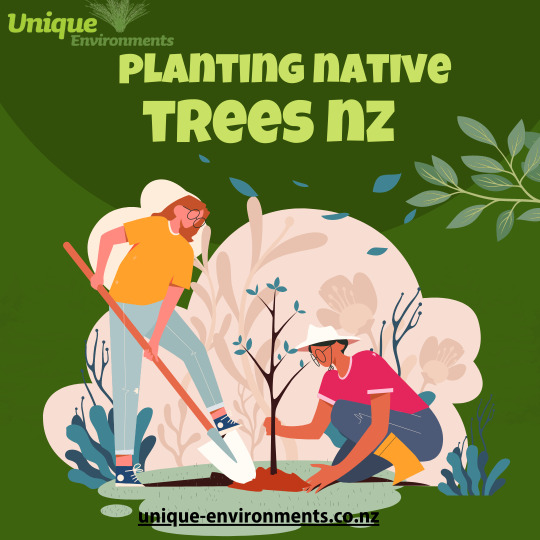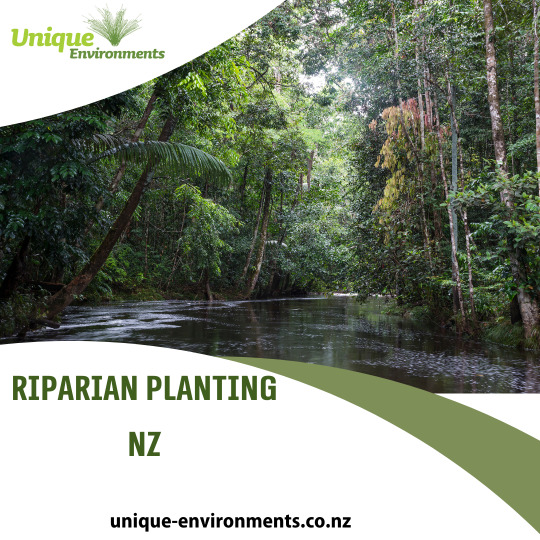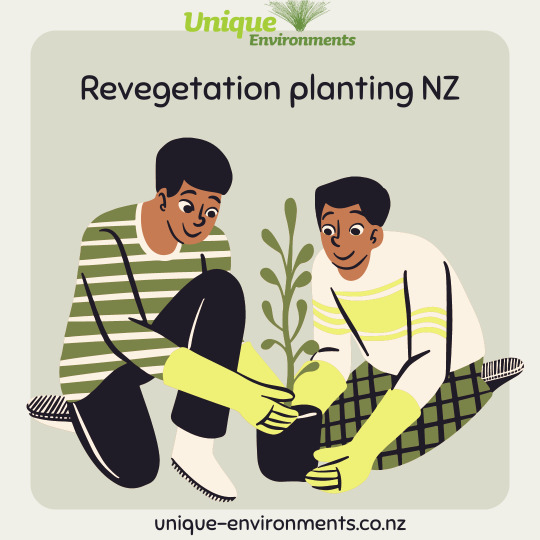Unique Environments is a New Zealand-based provider of ecological restoration services, specializing in revegetation planting, wetlands restoration and overall maintenance of ecosystems. Our primary mission is to provide clients with an environment that showcases beauty while being sustainable. We understand the responsibility that all individuals and organizations have towards protecting nature; therefore we dedicate ourselves to providing premium quality services aimed at restoring ecosystems back to their natural state. Our team of experts has extensive experience in the field along with utilizing cutting-edge technologies during our work so as to ensure high-quality results are achieved – this includes things like hiring private gardeners or specialists when appropriate! Furthermore, we offer various support such riparian planting (plants native trees & shrubs), habitat restoration and more - all geared towards promoting eco-friendliness while ensuring future generations can enjoy a more sustainable world
Don't wanna be here? Send us removal request.
Text
Best Practices for Successful Native Tree Planting in New Zealand

Native trees in New Zealand play an important part in the local environment and may be found across the country's varied topography. They do more than only house wildlife; they moderate temperatures and stop dirt from washing away. There are a few tried-and-true methods for ensuring the health and lifespan of native trees if you plan on planting some on your property or in your neighbourhood. This essay will explain the significance of planting native plants and provide advice on how to do so effectively. Now is the time to get your feet wet with New Zealand's indigenous tree-planting culture.
Native tree planting is significant not only in New Zealand but globally for several reasons. Preserving and protecting biodiversity is a primary motivation. Wildlife, from birds and insects to reptiles and mammals, all benefit from the native tree population.
Another factor is that drought and floods are less likely to cause damage to native trees since they have evolved to thrive in the area's specific climate and soil. They also save money in the long run since they require less upkeep than exotic species.
Soil erosion can be reduced by planting native trees in NZ since their deep roots will assist to stabilize slopes and riverbanks. Sedimentation, which may be hazardous to aquatic life, is reduced in rivers and streams as a result.
Additionally, as a result of photosynthesis, carbon dioxide is removed from the atmosphere when native trees are planted. Because of this, they may be used as an efficient weapon against climate change.
In conclusion, there are many positive outcomes for both people and the environment when native trees are planted. By doing so, we may help protect biodiversity, cut down on upkeep expenses, and provide vital ecological services like preventing soil erosion and buffering against the effects of climate change.
There are a few tried-and-true rules of thumb that can increase the odds of success when planting New Zealand native trees.
Choosing the appropriate tree species for your area and soil is the first step. This data is readily available through many internet resources or by contacting a local nursery or arborist.
Following careful species selection, planting trees correctly is of utmost importance. Dig the hole such that the trunk flare is at ground level and it is twice as broad as the root ball. To further enhance soil quality, organic matter additions like compost are suggested.
Watering newly planted trees properly is crucial. Deep, infrequent watering allows soil to dry out significantly between hydration cycles, which is beneficial to plant growth. Overwatering can cause root rot and other problems, so be careful.
Mulching the area surrounding your new tree's trunk can assist keep the soil wet and prevent weeds from sprouting. Mulch may be a nice addition, but not if it's piled up against the trunk.
Maintaining the health and beauty of your native trees requires regular care, including the removal of any diseased or broken branches. If you follow these guidelines, your native trees will flourish and offer you with advantages for years to come.
0 notes
Text
Riparian Planting: A Solution to Erosion in New Zealand

Riparian planting in NZ is the answer to all of our erosion problems! With its innovative approach to conservation, we can finally take a step towards preserving the natural beauty and biodiversity of New Zealand. This method involves strategically planting native vegetation along waterways, such as rivers and streams, to prevent soil from washing away due to heavy rainfall or flooding. Not only does riparian planting help reduce erosion but it also improves water quality by filtering runoff before it reaches larger bodies of water. Plus, with so many different plant species available in New Zealand, each riparian zone can be tailored specifically for its location making them even more effective at preventing erosion in their unique environments. So let's get excited about taking care of our land and embrace the power of riparian planting in NZ!
0 notes
Text
Revegetation Planting in NZ: Restoring the Beauty and Health of the Land

The process of revegetation planting in NZ entails selecting appropriate plant species for the site, preparing the soil, and installing them in place. Careful planning is essential to avoid making mistakes that could lead to poor suitability for local environmental conditions such as excessive growth or an inability to withstand intense climatic changes. Additionally, it offers financial perks by restoring ecological equilibrium while also strengthening crop yields and safeguarding infrastructure from wear-and-tear inflicted from wind and water - all at a comparatively affordable rate!
1 note
·
View note